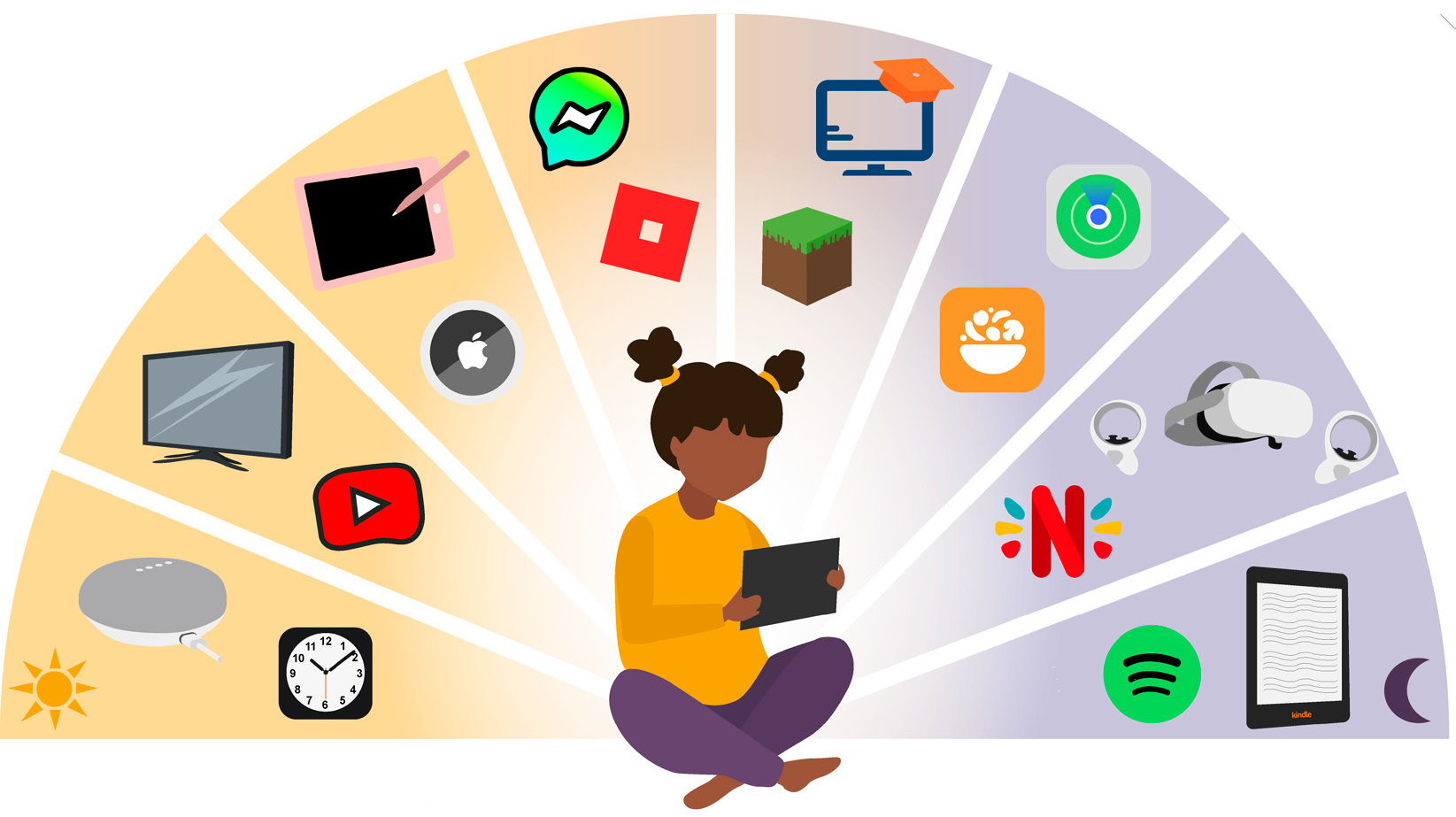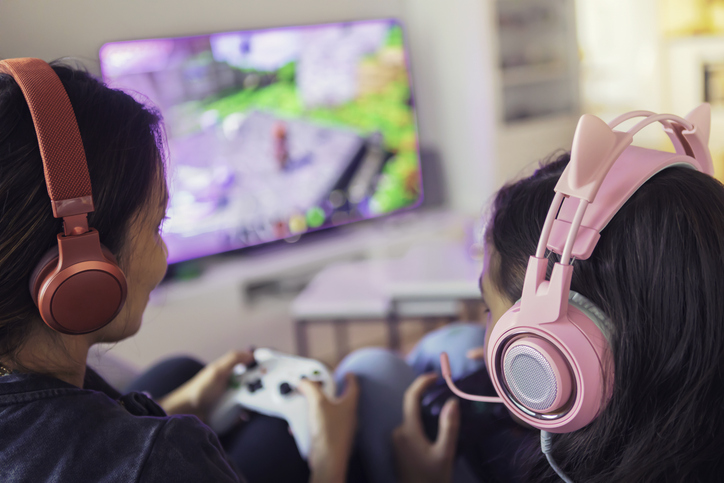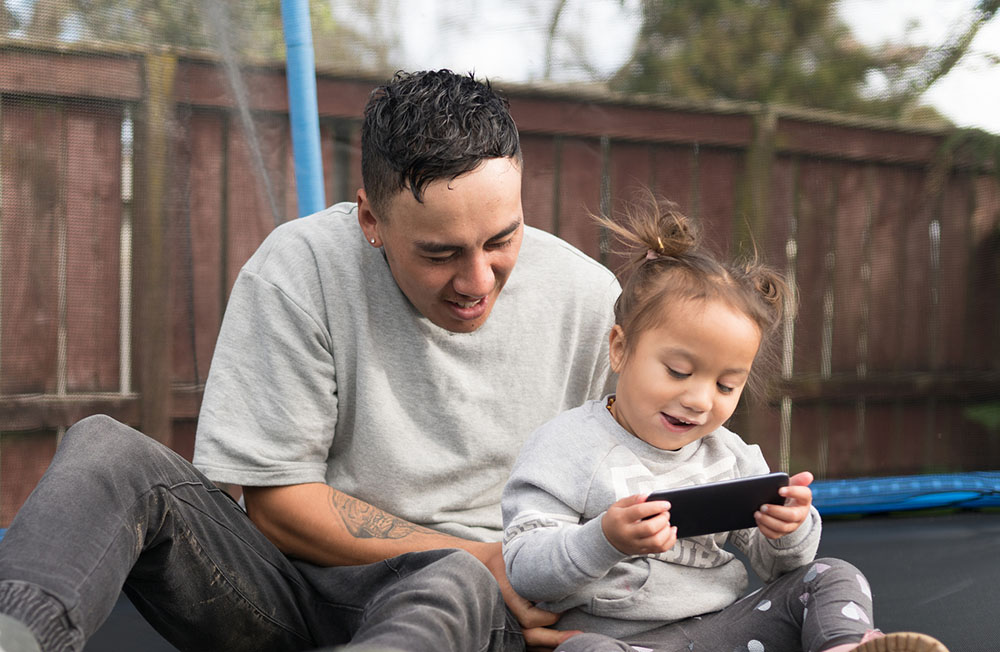Video games and young children
Evidence-based articles from Digital Child researchers and collaborators.
Quick links: Wellbeing | Development
Gaming and wellbeing
How to create a positive and safe gaming environment for your child
Learning, creativity, connections – video games offer some amazing opportunities for children of all ages (and grown-ups). But parents can find it tricky to navigate the topic of video games with their children. What games? How much screen time? What are the risks?
UNICEF spoke to video games expert Professor Daniel Johnson to answer these questions and help you to take informed decisions on what’s best for your family.
For children: How gaming can support wellbeing
Six ways videogames can help you feel better

Better conversations about gaming for families
When it comes to online gaming, there can be a disconnect between what children experience and what they hear adults saying.
The Australian eSafety Commissioner has created a guide to help families bridges this gap will help children to have safer and more positive online experiences.
UNICEF report on gaming and wellbeing
This research looked to the voices of the young, based on the scientific study of hundreds of children in six countries over many months.
The research found something remarkable: digital games can indeed contribute to the well-being of children.
Development
Five digital games to help your child’s development
Various design features of digital games have been shown to support different types of play and different positive outcomes for children. With this in mind, Digital Child collaborator Fiona Scott presents five digital games to unashamedly enjoy playing with your children.
Television shows and e-games: Are children’s behaviour and brain development influenced by their digital technology use?
In this context, our results indicate that moderate levels of engagement with digital apps and games (rather than high levels of passive program viewing) may have potential to support children’s development or might not hinder children’s development.
It is likely that what children engage with digitally, when, with whom and how they engage, may matter just as much as how long they are doing it for.
Looking for academic articles on gaming?
- Locke, K., & Leaver, T. (2023). Pokémon Go and Urban Accessibility. In K. Ellis, T. Leaver, & M. Kent (Eds.), Gaming Disability: Disability Perspectives on Contemporary Video Games (pp. 210–221). Routledge. https://doi.org/10.4324/9780367357153-20
- Snow, S, Matthews, S, Chen, Y, Yang, S, and Bayley, M (2023). Designing serious games to engage children with energy saving in the home: potential learning outcomes and design considerations. Journal of Computers in Education 1-26. https://doi.org/10.1007/s40692-023-00302-x
The Children’s Internet and online games
Video games are available to children across multiple digital platforms. Some highly successful games have a presence across most, if not all platforms, which means they become available to children no matter what kind of technology they have access to.
While online experiences were now central to children’s lives, providing pivotal input on how they learn and play, the current design of the internet is not well-suited to them. We need to do better if we want children to have fun, productive, safe, and ethical experiences online.
The Manifesto for a Better Children’s Internet is a comprehensive guide to creating an internet more suitable to the needs of children and far removed from the current content free-for-all.

Get our monthly newsletter
Updates on the latest research on children and digital technologies delivered straight to your inbox.





